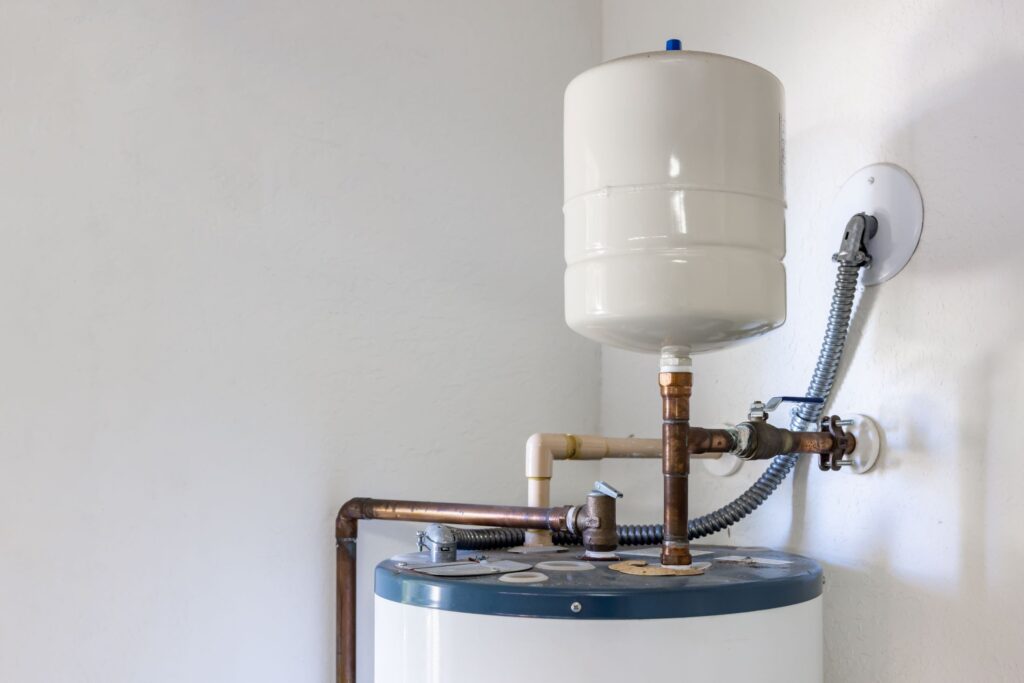We have stumbled on the article pertaining to Water Heater Maintenance Tips You Can't Afford to Forget listed below on the net and reckoned it made perfect sense to talk about it with you on this site.

Warm water is important for day-to-day convenience, whether it's for a rejuvenating shower or cleaning recipes. To guarantee your warm water system runs effectively and lasts longer, regular upkeep is crucial. This article supplies useful tips and understandings on how to preserve your home's hot water system to prevent interruptions and costly repairs.
Introduction
Keeping your home's warm water system might appear challenging, but with a few easy steps, you can guarantee it runs efficiently for several years to find. This guide covers whatever from understanding your warm water system to do it yourself upkeep pointers and understanding when to contact specialist assistance.
Value of Maintaining Your Warm Water System
Regular maintenance not only extends the lifespan of your hot water system but also guarantees it operates successfully. Neglecting upkeep can bring about reduced effectiveness, greater power costs, and also early failing of the system.
Signs Your Hot Water System Demands Upkeep
Knowing when your warm water system requires focus can stop major concerns. Look out for signs such as irregular water temperature, weird sounds from the heating system, or corroded water.
Recognizing Your Warm Water System
Prior to diving into maintenance jobs, it's handy to recognize the basic elements of your warm water system. Usually, this consists of the water heater itself, pipelines, anode poles, and temperature level controls.
Regular Monthly Upkeep Tasks
Normal regular monthly checks can help catch small concerns prior to they escalate.
Purging the Water Heater
Purging your hot water heater gets rid of debris build-up, boosting effectiveness and lengthening its life.
Monitoring and Changing Anode Rods
Anode rods protect against corrosion inside the tank. Evaluating and replacing them when worn out is critical.
Evaluating and Readjusting Temperature Level Setups
Changing the temperature settings makes sure optimum performance and security.
Do It Yourself Tips for Maintenance
You can execute a number of upkeep jobs on your own to maintain your warm water system in leading condition.
Checking for Leaks
Routinely evaluate pipes and links for leakages, as these can result in water damages and higher expenses.
Examining Pressure Alleviation Valves
Testing the pressure relief valve ensures it operates appropriately and avoids extreme stress accumulation.
Shielding Pipelines
Shielding hot water pipes minimizes heat loss and can conserve energy.
When to Call a Specialist
While DIY maintenance is useful, some concerns require specialist expertise.
Complex Concerns Requiring Expert Assistance
Instances consist of major leaks, electric problems, or if your water heater is regularly underperforming.
Routine Professional Upkeep Perks
Professional maintenance can consist of comprehensive examinations, tune-ups, and making sure compliance with safety standards.
Conclusion
Regular maintenance of your home's warm water system is important for effectiveness, longevity, and expense financial savings. By complying with these suggestions and understanding when to look for specialist assistance, you can make certain a reputable supply of warm water without unexpected disturbances.
How to Maintain an Instant Hot Water Heater
Before tinkering with your hot water heater, make sure that it’s not powered on. You also have to turn off the main circuit breaker and shut off the main gas line to prevent accidents. Also turn off the water valves connected to your unit to prevent water from flowing into and out of the appliance. 2. When you’re done, you have to detach the purge valves’ caps. These look like the letter “T” and are situated on either side of the water valves. Doing so will release any pressure that has accumulated inside the valves while at the same time avoid hot water from shooting out and burning your skin. 3. When the purge valves’ caps are removed, you have to connect your hosing lines to the valves. Your unit should have come with three hoses but if it didn’t, you can purchase these things from any hardware or home repair shops. You can also get them from retail stores that sell water heating systems. Read the user’s manual and follow it to complete this task properly. When the hosing lines are connected, open the purge port’s valves. 4. You should never use harsh chemical cleaners or solutions when cleaning your unit. Make use of white vinegar instead. It should be undiluted and you’ll probably use about 2 gallons. 5. Now flush your water heater. This task should probably take about 40 minutes. We can’t give you specific directions for this because the procedure is carried out depending on the type, model and brand of your heater. With that being said, refer to the user’s manual. 6. When you’re done draining the unit, you have to turn off the purge port valves again. Remove the hosing lines that you earlier installed on each of the water valves. Put the valve caps (purge port) back in their respective places and be very careful so as not to damage the rubber discs that are found inside these caps. 7. Now that everything’s back in place, check your user’s manual again to find out how to reactivate your water heating system. 8. Once it is working, turn one of your hot water faucets on just to let air pass through the heater’s water supply pipes. Leave the tap on until water flows smoothly out of it. https://www.orrplumbing.com/blog/2014/september/how-to-maintain-an-instant-hot-water-heater/

Do you like reading about What Kind of Maintenance Do Water Heaters Need?? Make a remark directly below. We would be delighted to find out your suggestions about this article. Hoping that you come back again soon. Sharing is good. You won't know, you will be helping someone out. Many thanks for your time. Revisit us soon.
Get Quote Now